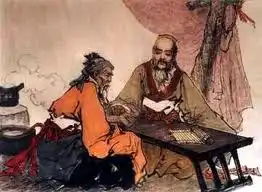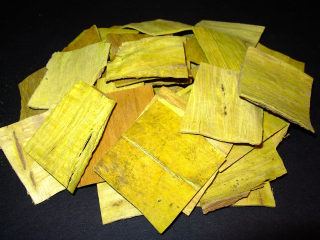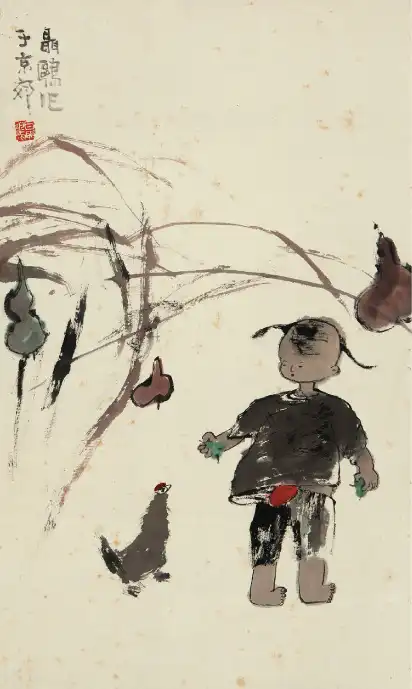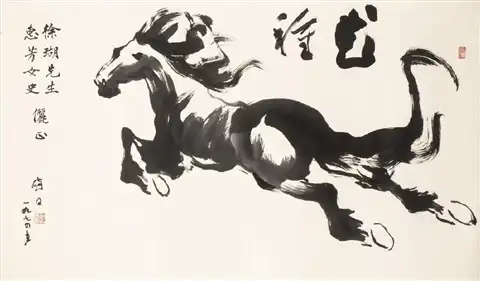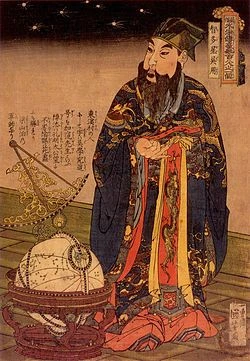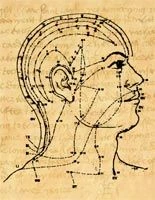Introduction to the disharmony
Major symptoms:
- bacterial and yeast overgrowth
- loose stool, diarrhea or dysentery
- difficult or painful urination
- vaginal discharge with unpleasant odor
- jaundice
In traditional Chinese medicine the Spleen together with the Lung and the Kidney governs the body's water metabolism. It is in charge of the separation, transportation, and movement of fluids. If the Qi of the Spleen is deficient it cannot sufficiently transport fluids. Eventually this will lead to accumulation of “internal dampness”.
Warm febrile disease cause accumulation of “internal heat”. Another cause for accumulation of “internal heat” are chronic disturbing emotions.
When “internal dampness” and “internal heat” combine we have what is called “damp-heat”. The most common organs that suffer from damp-heat disharmony are the Spleen, the Large Intestine, the Urinary Bladder, and the Gall Bladder. If the Gall Bladder is affected the obstruction will interrupt the drainage of bile in the biliary system, manifesting in jaundice. If damp-heat obstructs the Urinary Bladder there is difficult or painful urination. If it obstructs the Large Intestine or the Spleen there is loose stool, diarrhea or dysentery; damp-heat in the Spleen may also manifest in vaginal discharge with unpleasant odor.
Just like bacteria and parasites thrive in an external damp-heat environment so do they do in an internal damp-heat body environment. Therefore chronic internal damp-heat leads to bacterial and yeast overgrowth.
Major Chinese herbs
Famous herbs used to treat damp-heat in Chinese medicine are the "three Huangs” – Huang Qin (Scutellaria baicalensis), Huang Lian (Coptis chinesis) and Huang Bai (Phellodendron amurense). In Chinese language “Huang” means yellow. Foods, herbs and spices with yellow/orange color very commonly have either tonifying Qi effect or antimicrobial effect. When cooked in an herbal decoction, especially if all three "Huangs" are used together in one formula, the color of the decoction becomes deep yellow. In our experience the "three Huangs" work much faster and are much more efficient against harmful bacteria than synthetic antibiotics, and without the destructive effect synthetic antibiotics have on the body.
Huang Qin benefits the upper part of the body. It clears heat from the Lung, manifesting in high fever, thirst, cough with thick yellow phlegm. The partner organ of the Lung is the Large Intestine - Huang Qin benefits the Large intestine by clearing damp-heat, manifesting in diarrhea and dysentery, provoked by warm febrile diseases. Another function of Huang Qin is that it can calm a hyperactive fetus in pregnant women due to internal heat.
Huang Lian governs the middle part of the body. It is especially beneficial for Heart fire and Stomach fire. According to TCM the Heart houses the mind thus Heart fire manifests in mental disorders, such as anxiety, irritability, hyperactivity, inappropriate behavior. Stomach fire manifests in digestive disorders due to heat, such as burning sensation in the Stomach, bad breath, bleeding gums. Like Huang Qin Huang Lian also clears damp-heat in the Large Intestine.
Huang Bai affects the lower part of the body. It benefits symptoms caused by damp-heat that manifest in the lower part, such as burning, painful urination or incontinence, yellow vaginal discharge, diarrhea and dysentery.
Some other herbs that clear damp-heat are Long Dan Cao (Gentiana Scabra) - "dragon gallbladder herb". As its name suggests - it enters the Gallbladder and clears damp-heat that manifests in jaundice; it also enters the Gallbladder's partner organ - The Liver - and relieves itching, pain or swelling in the genital area (the Liver channel circulates the external genitals); Ku Shen (Sophora flavescens) – “bitter root”- kills parasites and can also be used topically for damp toxin skin lesions; Qin Pi (Fraxinus rhynchophylla) - bark of Korean ash branch - benefits the eyes, and clears superficial visual obstruction; Hu Huang Lian (Picrorhiza scrophulariaeflora) is another herb with the color yellow. Translated as "barbarian yellow link" it benefits damp-heat dysentery and can also reduce childhood nutritional impairment. (2)
Healing foods
Foods that clear heat and drain dampness are foods with bitter quality.
To unlock the rest of this article select "Yes, I want to learn!" below.
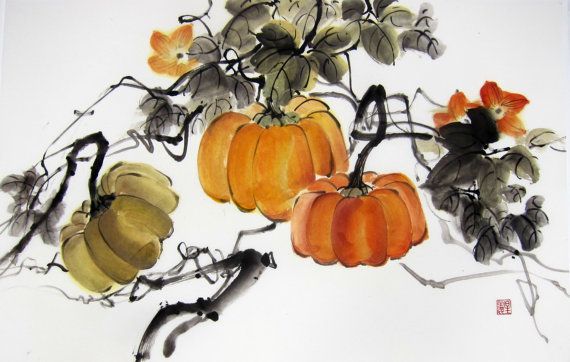
Food therapy is the most economical and non-toxic biochemical approach to health and disease. Food is something we continuously use to sustain our lives. Learning what foods are healing (and what disruptive) for each condition has the potential to convert every meal into a form of therapy.
YS
(1) Pitchford, Paul (2002). Healing with Whole Foods. Berkeley: North Atlantic Books
(2) Benski, Dan & Gamble, Andrew (1993). Materia Medica, Revised Edition. Seatle: Eastland Press, Incorporated c.
(3) Holmes, Peter (1998). The Energetics of Western Herbs. Boulder: Snow Lotus Press, Inc.
Related Articles:
Herbs That Dispel Wind-Dampness
How The Climatic Factor Damp Affects Health
Dampness in the Urinary Bladder
Damp-Heat in the Large Intestine
Note: This site and its services are to consumer educational use only. Nothing contained in this site is or should be considered, or used as a substitute for medical advice, diagnosis or treatment. We advise users to always seek the advice of a physician or other qualified professional with any questions regarding personal health and medical condition. Please read our Disclaimer

